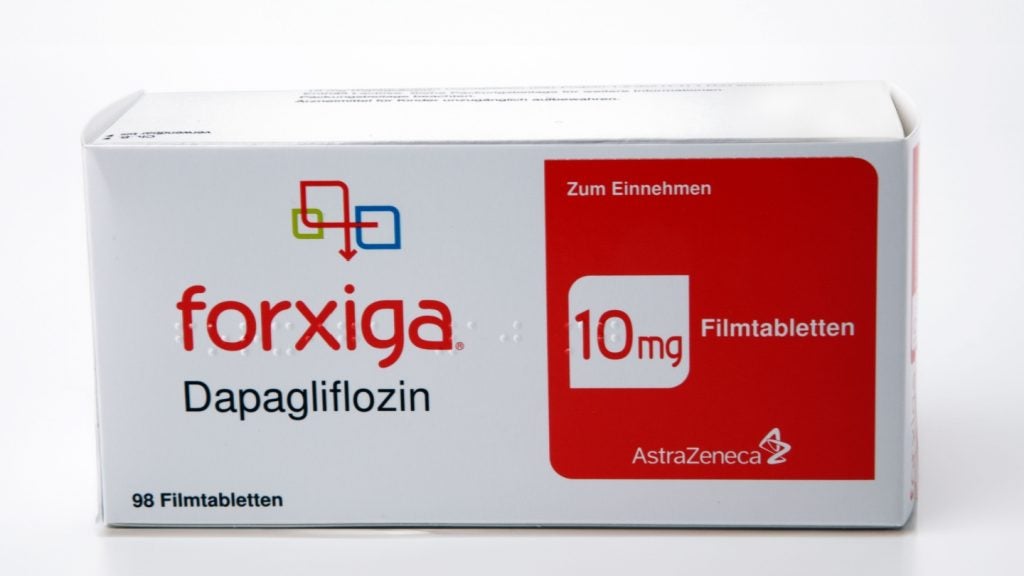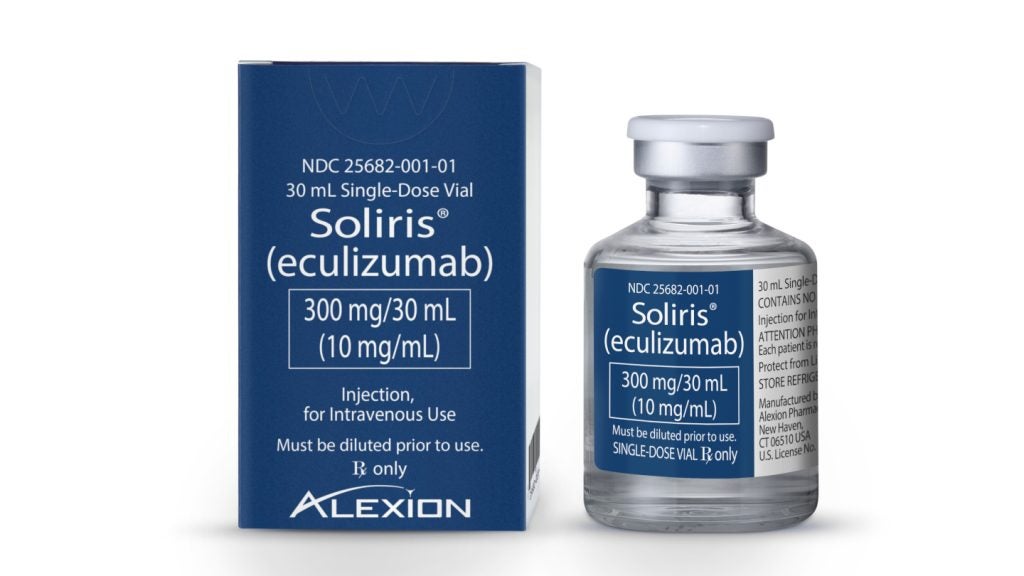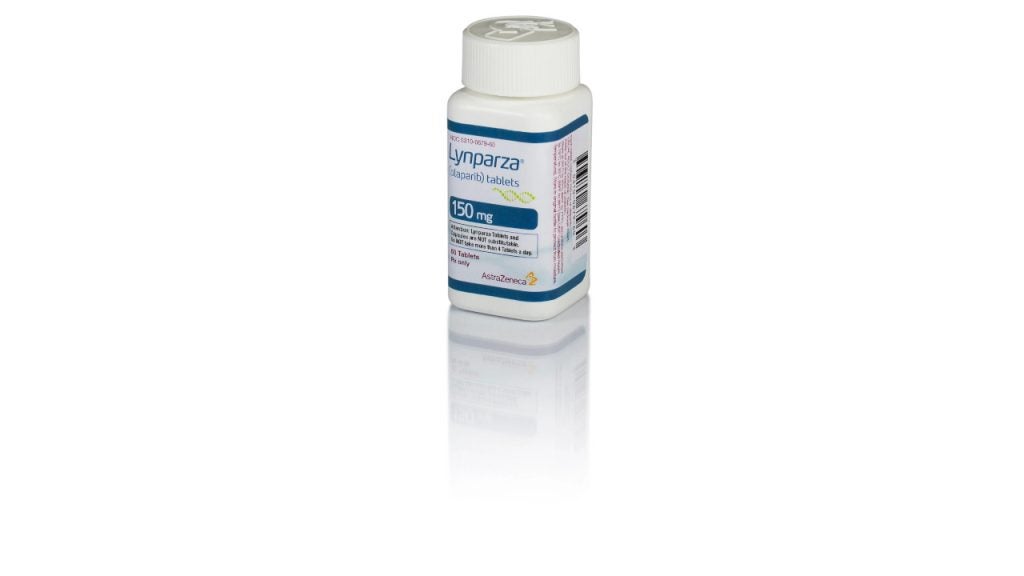In the last decade, 95% of oncology therapeutics received approval in the US before Europe, according to a study authored by Lythgoe and colleagues in JAMA Network Open. A median delay of 241 days from US Food and Drug Administration (FDA) to European Medicines Agency (EMA) approval was reported for the 89 oncology therapeutics receiving approval from both agencies between 2010 and 2019. The date of the new licensing application submission played a minimal role in this delay.
Although 72% of applications were submitted first to the FDA, the median delay in submission to the EMA was only 20 days. The median time from submission to approval was 200 days for the FDA and 426 days for the EMA, making review time the most significant factor in approval delay. EMA approval is a two-step process, with the Committee for Medicinal Products for Human Use (CHMP) performing a scientific evaluation and the European Commission issuing an approval. A median delay of 62 days was reported between CHMP evaluation and European Commission approval, with this being a significant contributor to the lengthy approval time.
Both the FDA and EMA support the interim approval of therapeutics that address significant unmet needs. The FDA’s accelerated approval and the EMA’s conditional marketing authorisation pathways typically approve therapeutics based on pivotal Phase II data using surrogate primary endpoints. Conditional marketing authorisation is only valid for one year and is renewed annually to ensure that confirmatory trials are progressing as agreed.
FDA accelerated approval is not reviewed annually, but confirmatory trials must be completed within a specific timeframe. In the oncology sector, 35% of initial FDA approvals were accelerated and 26% of EMA approvals were conditional marketing authorisations. For the FDA, the median review time for accelerated approvals was 31 days shorter than for a standard approval, while for the EMA, conditional marketing authorisations took 56 days longer than standard authorisation.
The increased time for conditional marketing authorisations may be a result of the increased scrutiny required with the lack of Phase III data; however, this extends the time to drug availability, which goes against the aim of an accelerated approval pathway. Over the ten-year study period, three oncology drugs were withdrawn by the FDA, while only one was withdrawn by the EMA, which suggests a more stringent authorisation process reducing the number of clinically non-beneficial agents being utilised. The less stringent and more rapid FDA approval means one in three drugs in the US are approved prior to publication of the registrational study, compared with less than one in ten drugs in Europe. Approval prior to publication leaves clinicians in a position of prescribing a therapy without having access to the complete efficacy and toxicity data, which is essential for patient selection.
See Also:
On 14 June, the Senate health committee advanced its Food and Drug Administration Safety and Landmark Advancements Act (FDASLA) to the full Senate for a vote, with amendments to the accelerated approval pathway included. Drugs obtaining an accelerated approval will require a public explanation of the approval and the use of surrogate endpoints, which would help clinicians with patient selection. Other accelerated approval reforms allow the FDA to require a confirmatory trial to have begun prior to giving an accelerated approval.
How well do you really know your competitors?
Access the most comprehensive Company Profiles on the market, powered by GlobalData. Save hours of research. Gain competitive edge.

Thank you!
Your download email will arrive shortly
Not ready to buy yet? Download a free sample
We are confident about the unique quality of our Company Profiles. However, we want you to make the most beneficial decision for your business, so we offer a free sample that you can download by submitting the below form
By GlobalDataAmendments to the FDA approval pathway and a push for companies to get clinical trial data published prior to approval are likely to increase the clinical validity of the more rapid US pathway, with drugs more likely to meet an overall survival endpoint in confirmatory trials. While the EU pathway has resulted in fewer drug withdrawals, this is unlikely to be considered significant enough to justify a much longer approval process. In addition, delays between steps in the EMA approval process increase the review time without adding any additional safety advantage.
Companies should be encouraged to submit EMA applications alongside FDA applications to prevent further delays in access for European patients. These changes could expedite the EMA approval process without affecting patient safety, as well as give access to drugs in disease settings with high unmet need. As very few oncology drugs are withdrawn following FDA approval, it would appear that the EMA approval delay for oncology therapeutics denies patients access to clinically effective drugs in areas where alternative therapy options are limited.









Related Company Profiles
European Medicines Agency